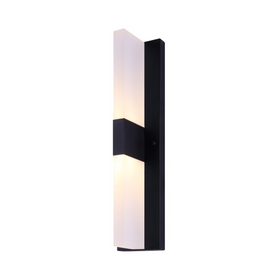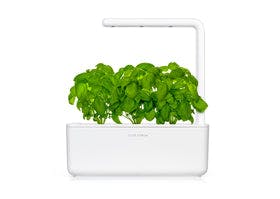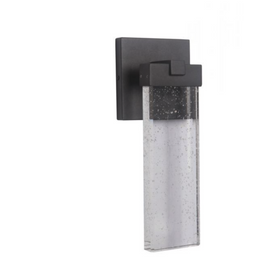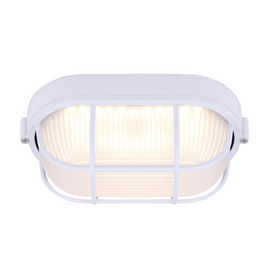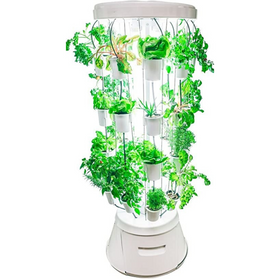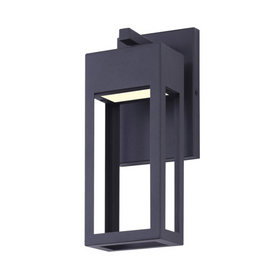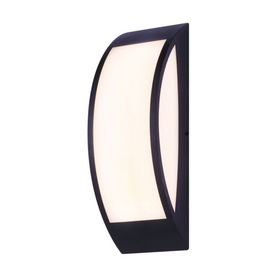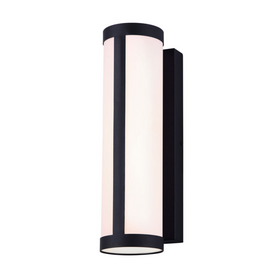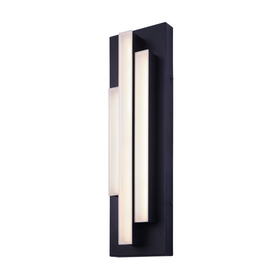
Solar Power Blossoms in your Garden
Last Updated: Apr 13, 2025The Smartflower looks like a giant, black flower in your yard. Like a sunflower, it turns its head to face the sun. And like many flowers, it closes up its petals at night. But the Smartflower, designed in Austria and now available in North America through NuNRG, is producing clean solar electricity for your home.
This is a really cool idea. Why?
It Looks Amazing
This would be a real feature in a sunny garden. It’s shape and style make it look right at home. The electronics and optional batteries are hidden in the base. The petals are nicely rounded for that flower-like appearance.
It Does What It’s Supposed To
The Smartflower produces good quantities of solar electricity for its size. It’s nominally a 2.13 kilowatt (kW) solar photovoltaic (PV) power plant. That’s pretty small for a household, but it produces more electricity than a regular PV installation because it follows the sun for maximum output. It has another neat feature – when the petals slide shut at night and open again in the morning, cleverly-placed brushes clean off the glass solar modules, so they are always clean, again maximizing productivity.
The Smartflower will also close its petals during windstorms, to protect itself, and it can be completely tucked away into its housing if a hailstorm is coming.
It’s Plug-And-Play and Easy to Install
When you order a Smartflower, all you need to do is have a concrete pad installed for it to sit on, and have your electrical contractor install the wires from your house to the pad. This is about the same amount of work as installing a connection to a new shed, garage, or external generator pad. Then the Smartflower will be delivered to your site, set in place using a small crane, bolted down, and hooked up. Once the electrical inspection is approved, you can turn it on and start generating your own power.
The Smartflower can also be optionally installed using ground studs (six large screw-like anchors installed in the ground). So you have options for how to plant your flower, depending on what’s available from local contractors in your area. Your Smartflower dealer will help work out those details.
Note that the rules around connecting solar power to your house vary from one place to another. Check with your local electric utility about required permits and net metering agreements. Alternatively, with some tweaking, the Smartflower can be used off-grid. There is a model that comes with integrated batteries.
What’s the Downside?
The cost. Based on preliminary estimates, the Smartflower is significantly more expensive than the more standard solar panel installation options. It does produce more electricity, and looks really awesome, but is it worth it? That’s up to you.
By The Numbers:
- Estimated cost including installation: $20,000 CAD
- Nominal capacity: 2.13 kW
- Expected electricity production: 3,500 kWh (kilowatt-hours) per year*
- Annual savings in first year: $525 CAD per year*
*Example installation in Halifax, Nova Scotia, Canada, estimated using RETScreen analysis tool from Natural Resources Canada. Savings based on an electricity price of $0.15 per kWh.
Table of Contents

Wayne Groszko
Wayne Groszko is a consultant, researcher, and teacher in Energy Sustainability with 13 years of experience. He has taught at Dalhousie University and the Nova Scotia Community College, in the Faculties of Engineering, Environmental Science, and Energy Sustainability Engineering Technology. Wayne is also President of the Community Energy Cooperative of New Brunswick, and has worked as Renewable Energy Coordinator with the Ecology Action Centre in Nova Scotia. He holds a B.Sc. (Hon.) from the University of Calgary, and a Ph.D. from Dalhousie University.


